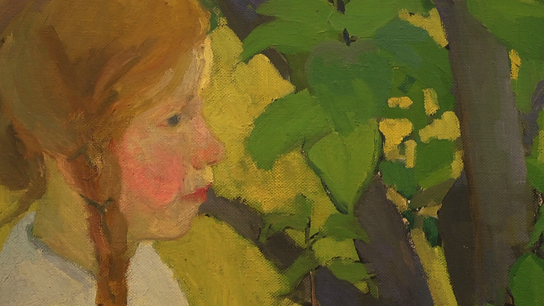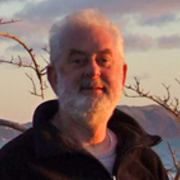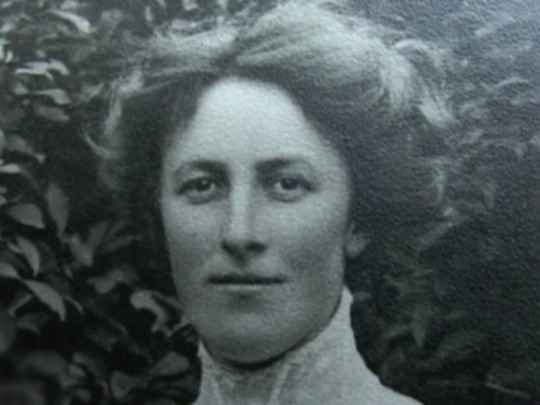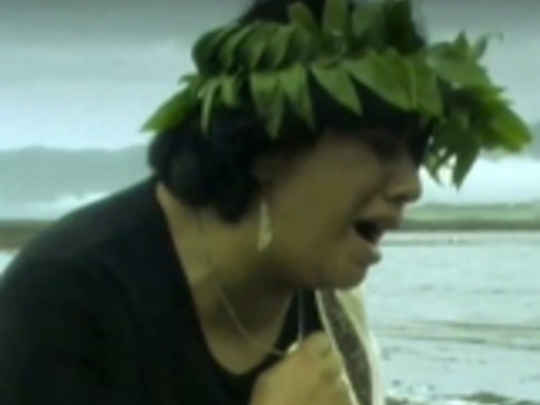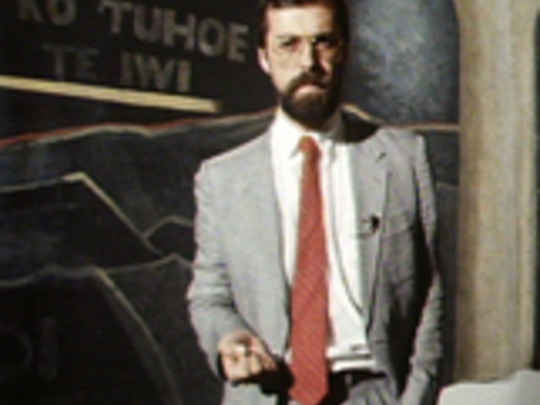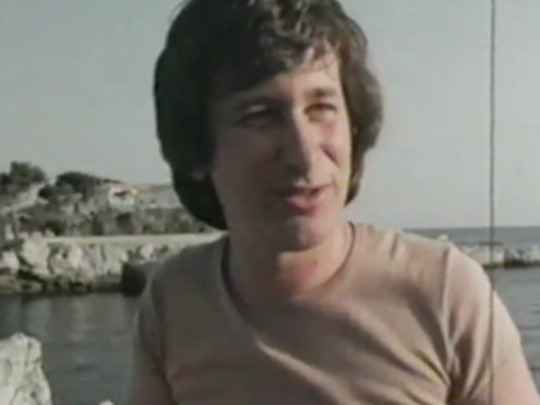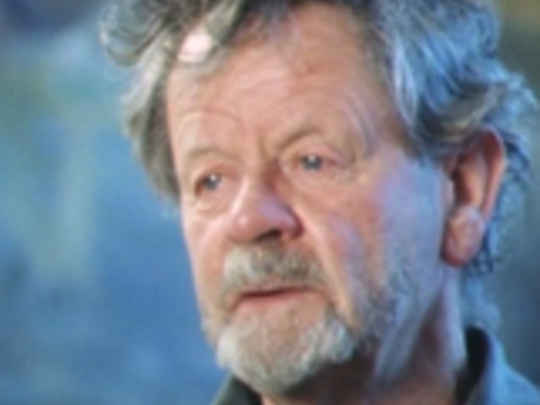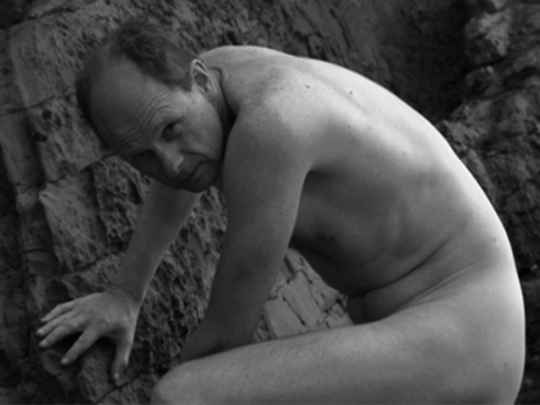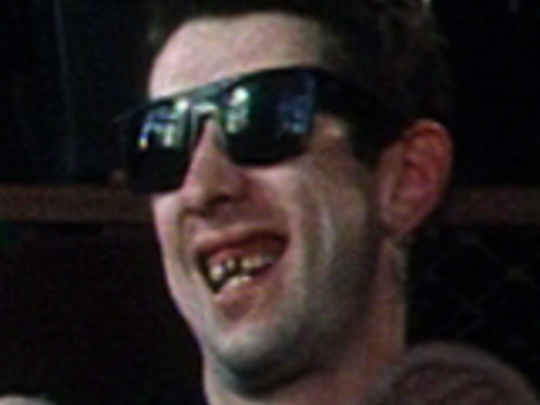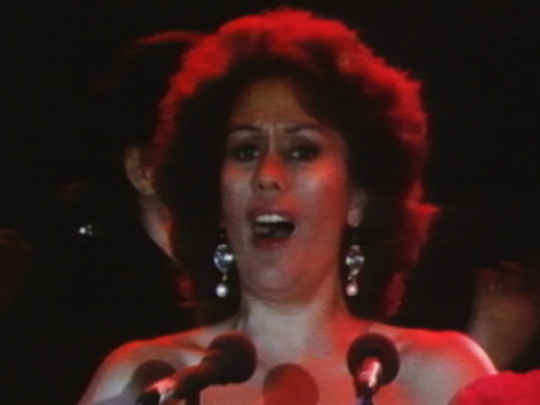Village by the Sea
Television (Full Length) – 2012
In the early stages of World War I, New Zealand artist Edith Collier joined a group of women artists who left London to capture Ireland on canvas. Their destination: Bunmahon, a poverty-stricken fishing village on Ireland’s southern coast. Michael Heath’s second documentary on Collier sees him visiting Bunmahon with cameraman Stephen Latty. Guided by Collier’s paintings and sketches, they talk to locals about her visit, and life in Ireland 100 years ago. They also capture persuasive evidence of their own, attesting to the area’s often melancholy beauty.
Edith preferred Bunmahon because she had an eye for the cottages that were left empty now by the miners, having to leave. [...] That appealed to her: the wildness of the place, and the tumbled down look of it. And she just pictured them exactly.– Local Jim Cullinan
Key Cast & Crew
See all 13 creditsProduced by
KBCR Production
Source
Acknowledgements
This film was commmisioned by and made with the generous assistance of The Edith Collier Trust, Whanganui. Dedicated to all the people in Bunmahon, County Waterford and Monahullen, County Wicklow, Ireland who through their generosity of spirit and kindness helped us in the making of this film.
Music
Original Music composed by Adil - Prashant
Irish traditional music:
‘The Knockmahon Mines’ sung by Andy Kiely, Irish Harp music from Turlough O’Carolan played by Aisling Quaid. Button Accordion by Gusty Carey
‘The Flower of Magherally’ and ‘Molly Hollywood’ sung by Deirdre Starr. Flute and Fiddle solos by Rory Healy
